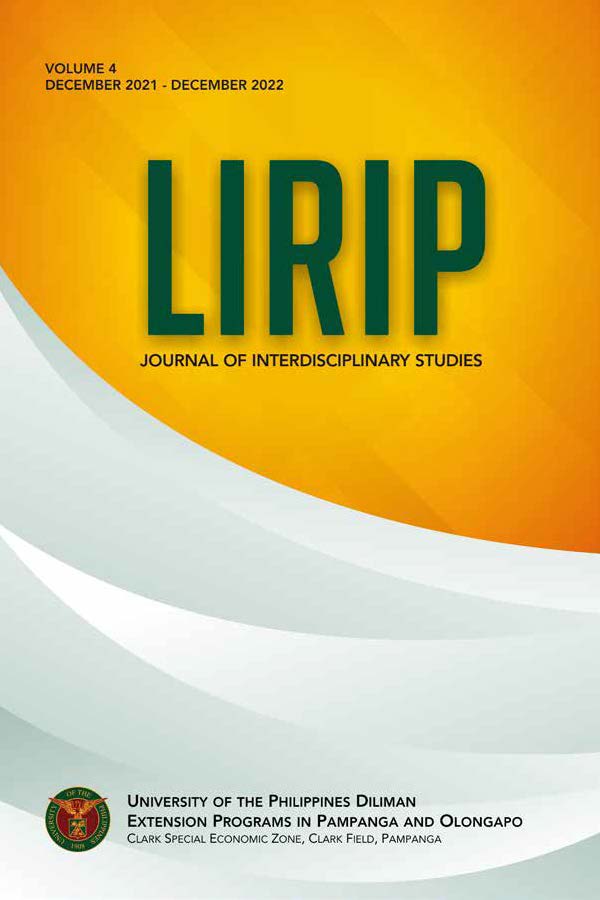From Nothing to Everything: Reading and Reterritorializing the Song(s) “Waray-Waray”
Abstract
“Waray-Waray,” a popular Tagalog song, has potently perpetuated a belligerent image of Eastern Bisayans by depicting a Waráy woman who unflinchingly faces any fight, and also initiates troubles. While the picture of an unyielding people can be a positive portrayal of a regional group, a review of the song’s wording reveals that not much is complimentary of Eastern Bisayans. Even the word choices, syntax, and logic of the song lines reveal a composition needing corrective marks for basic writing.
Unknown to many, “Waray-Waray” has a Binisaya Waráy version, purported to be the original on which the Tagalog song is based. Unlike the latter which simply repeats the idea that “Waraysare-trouble” throughout the song, the Binisaya “Waray-Waray” relates aspects of Waray life: economics, socialization, religiosity, culture, even partying, and history (including prehistory). In the way each line presents ideas, in metaphor use, in succinctness, and in neatness of ending harking back to the beginning of the song, the Binisaya “Waray-Waray” passes as good writing and decent traditional poetry.
The Tagalog “Waray-Waray” with its warlike Eastern Bisayans has long prevailed in pop culture. It is about time the Waráys themselves challenged representations of them emanating from extraneous origins, particularly the hegemonic center (Tagalog Imperial Manila). It is about time they confronted postcolonial issues of identity, internal colonization, marginality, and appropriation. Waráys now have to reterritorialize discourses on them, starting with the Tagalog “Waray-Waray.”
Copyright @ University of the Philippines Diliman Extension Programs in Pampanga and Olongapo and the Authors


